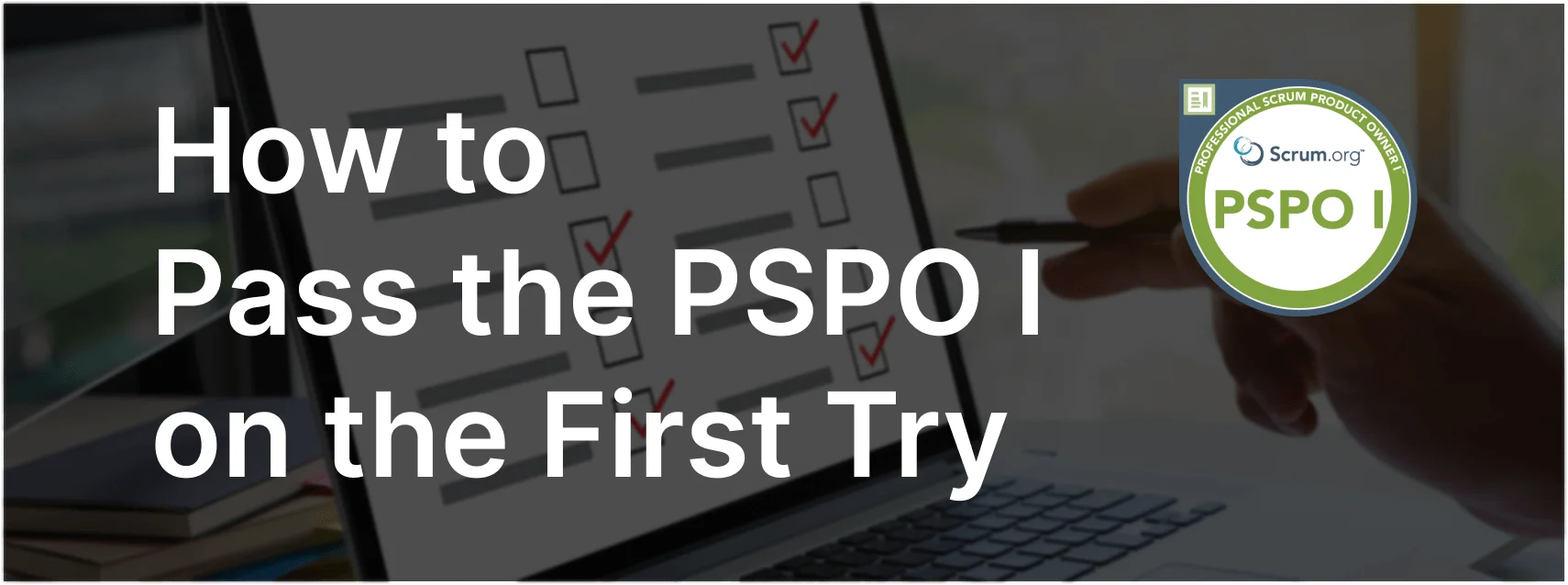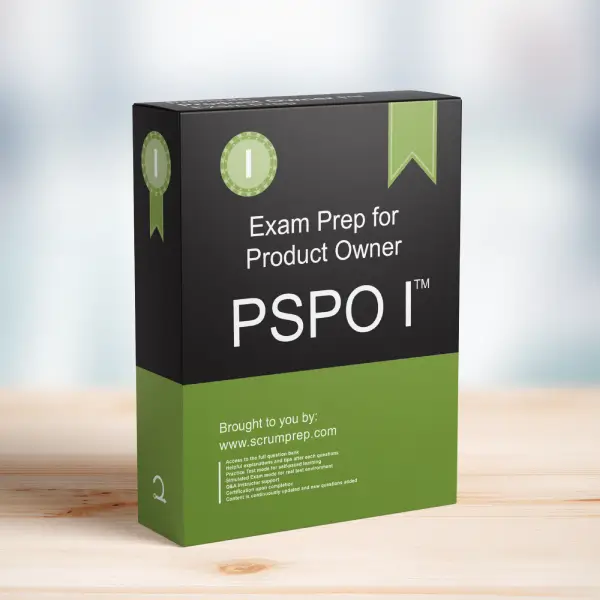Process Improvements in Sprint Retrospectives
Understanding how to handle process improvements identified during the Sprint Retrospective is essential for effective Scrum practice. This article explores the appropriate actions for a Scrum Team to take regarding these improvements.
Exam Question
During the Sprint Retrospective a Scrum Team has identified several high priority process improvements. Which of the following statements is most accurate?
(choose the best answer)
A. The Scrum Team should choose at least one high priority process improvement to place in the Product Backlog.
B. The Scrum Team may add the items to the Sprint Backlog for the next Sprint.
C. The Scrum Team should decline to add a process improvement to the Sprint Backlog when things are running smoothly.
D. The Scrum Master selects the most important process improvement and places it in the Sprint Backlog.
Correct Answer
B. The Scrum Team may add the items to the Sprint Backlog for the next Sprint.
Explanation
Correct Answer
B. The Scrum Team may add the items to the Sprint Backlog for the next Sprint:
When a Scrum Team identifies high priority process improvements during the Sprint Retrospective, they have the option to add these improvements to the Sprint Backlog for the next Sprint. This ensures that the team can address these improvements promptly and continuously improve their processes.
Incorrect Answers
A. The Scrum Team should choose at least one high priority process improvement to place in the Product Backlog: While it is beneficial to track improvements, placing them in the Sprint Backlog for the next Sprint ensures they are actioned upon immediately rather than just documented.
C. The Scrum Team should decline to add a process improvement to the Sprint Backlog when things are running smoothly: Continuous improvement is a fundamental principle of Scrum, and process improvements should be considered regardless of the current state of the team’s performance.
D. The Scrum Master selects the most important process improvement and places it in the Sprint Backlog: The decision to add process improvements to the Sprint Backlog is a collaborative one made by the entire Scrum Team, not solely by the Scrum Master.
Responsibilities in Scrum
- Product Owner: The Product Owner is responsible for maximizing the value of the product resulting from the work of the Scrum Team. They ensure that the Product Backlog is ordered to maximize the flow of value.
- Scrum Master: The Scrum Master facilitates Scrum events, including the Sprint Retrospective, and helps the team adhere to Scrum principles. They ensure that the team continuously improves by encouraging the addition of process improvements to the Sprint Backlog.
- Developers: The Developers are responsible for creating the Sprint Backlog and delivering a potentially releasable Increment each Sprint. They work collaboratively to incorporate process improvements identified during the Sprint Retrospective.
Relevance to the PSPO I Exam
Understanding how to handle process improvements is crucial for the PSPO I exam. This knowledge ensures that candidates appreciate the importance of continuous improvement and the collaborative nature of Scrum in achieving successful product development.
Key Takeaways
- Process improvements identified during the Sprint Retrospective should be considered for inclusion in the Sprint Backlog for the next Sprint.
- Continuous improvement is a core principle of Scrum.
- The decision to add process improvements to the Sprint Backlog is a collaborative one made by the entire Scrum Team.
- The Scrum Master facilitates the process, but the Scrum Team collectively decides on process improvements.
Conclusion
Handling process improvements effectively is essential for continuous improvement within a Scrum Team. By understanding the appropriate actions to take during the Sprint Retrospective, teams can ensure they continuously evolve and improve their processes. For more information on preparing for the PSPO I exam, visit our PSPO I Exam Prep.



